Exit towards Arraiolos, visit the Castle, the Pillory and the production of the famous carpets of Arraiolos. Follow towards Évora where you can visit the magnificent Temple of Diana, the Chapel of Bones, the Cathedral, the Church of St. Francis and the Giraldo Square. We suggest a free time for lunch in a typical restaurant. Arriving at Estremoz, let's visit the Castle and finish the day with a visit to Santa Isabel Guesthouse.
ARRAIOLOS
Arraiolos is a Portuguese parish, located in the District of Évora, founded around 300 BC. This village crowned by its Castle and the Church of Salvador is surrounded by high walls and spreads through hillsides with its typical houses painted in white with a blue stripe. Arraiolos is known and famous for its carpets, whose manufacture dates back at least to the 17th century.
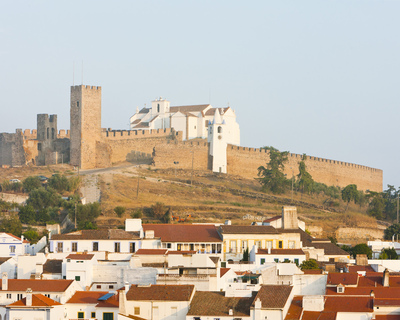
The imposing medieval castle of Arraiolos of the 15th century is so-called the Alcaides Palace. In 1755, the devastating earthquake that it feels throughout Portugal also did important damages in what is known as one of the rare circular castles to which a conical hill serves as a pedestal. The Salvador Church dates back to the 16th century and is known for its artistic heritage with beautiful paintings.
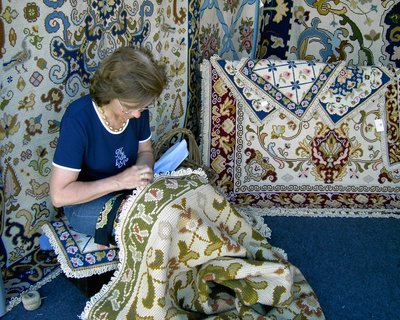
The famous carpets of Arraiolos with centuries of history are the main attraction of this village. Hand embroidery in wool, they were passed through generations and generations of embroiderers and are part of Portugal's best-known handicrafts. Even today it is common to see women with colourful wool embroidering in front of their homes when the weather is nice or in the window during the winter, providing continuity to an art that began with the Moors in the 12th century and reached its maximum splendour with the floral motifs of the 18th century.
ÉVORA
Évora lies in the heart of Alentejo, from its original name Ébora, it was a city defended by a strong Castle and surrounded by solid walls when the army of King D. Afonso Henriques led by Geraldo "Without Fear" conquered it from the Moors in 1165. The main monuments we highlight are the Roman Temple of Diana, the Cathedral, the Church of St. Francis, the Chapel of Bones and the Giraldo Square.
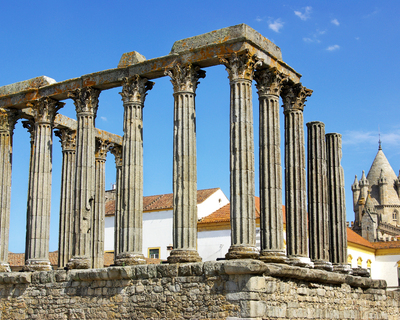
The majestic Temple of Diana, built in the 1st century A.C. in the main square of Évora is a monument that represents in a unique way the remnants of Roman civilisation in Portugal. It consists of a base of granite and white marble columns. The construction of the monuments associated with the Roman goddess of the hunt "Diana" but in reality, it was built during the Roman occupation in honour of Emperor Augustus. Situated on the highest point of the town is located on the side of the Lóios Guesthouse.
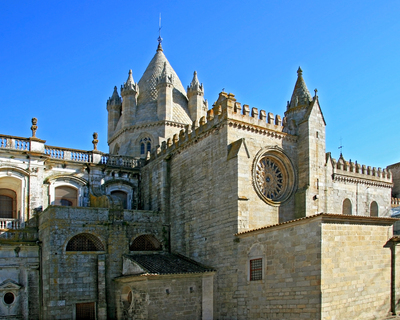
The Cathedral of Évora also known as Catedral is a building of the 12th and 13th centuries and is the first monument where the transition from the Romanesque style to the Gothic can be seen. The main entrance is decorated with sculptures representing the Apostles, the interior dating back to the 17th and 18th centuries. In this temple the Sacred Art Museum is installed, where jewellery, sculptures and religious furnishings are deposited. Some say that the banners of the fleet of Vasco da Gama in were blessed here in 1497.

The Chapel of Bones is situated next to Church of St. Francis that was built in the 18th century and is completely covered with human bones. It consists of bones from the graves of the convent's church and other churches and cemeteries of the city. The construction of this chapel had the initiative of 3 Franciscan friars and corresponded to the meditation room and recoil of the Franciscans, the idea would be to show the people the fragility and the transition of human life, a theory that gained momentum in the Baroque era.
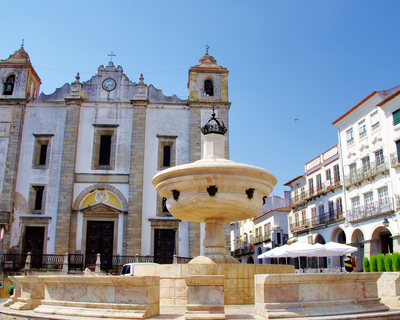
The Giraldo Square is located in the centre of Évora and is considered the central square of the city. In it, there are two 16th century buildings, the well-known Church of Santo Antão, probably built between 1571 and 1573 with white marble topped by a bronze Crown of Renaissance considered one single piece of its kind in the region. Through lanes, courtyards and alleys in this square we find an exit to eight streets that lead us to all parts of the city.
ESTREMOZ
Estremoz, founded by D. Afonso III in 1258 lies in the middle of olive groves and was an important fortress in the Restoration War and the liberal fights. Today this high town of medieval times lies within the walls and is dominated by a marble tower of the 13th century. Estremoz was the place of meetings of Courts, and it was here that King Manuel gave to Vasco da Gama the command of the first expedition that took him to India.
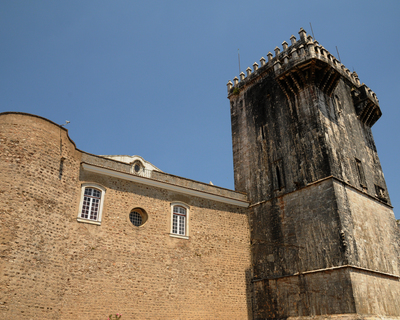
The Castle raised in a dominant position with a Donjon off 27 meters high, built in white marble, was a central tower of the castle, and its primitive function was the defence of the people. In some cases, it was also used as housing enclosure of the castle, later being one of the most important strongholds of the Alentejo region. In this castle, we can also find the death certificate of Queen St. Isabel in 1336.
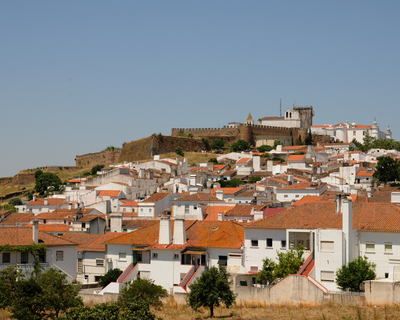
The Santa Isabel Guesthouse is a real museum that has a collection of antique furniture, tapestries on the walls, and decorative iron and porcelain pieces from other times. This former palace was built by King D. Dinis to his wife, Queen St. Isabel, which gives its name to the Guesthouse. Situated in the former stronghold of the city, this was the place of battles, love and betrayal and is covered by tiles that tell its story.
Price per person 75.00€
Discount for groups

Tour Arraiolos - Évora - Estremoz